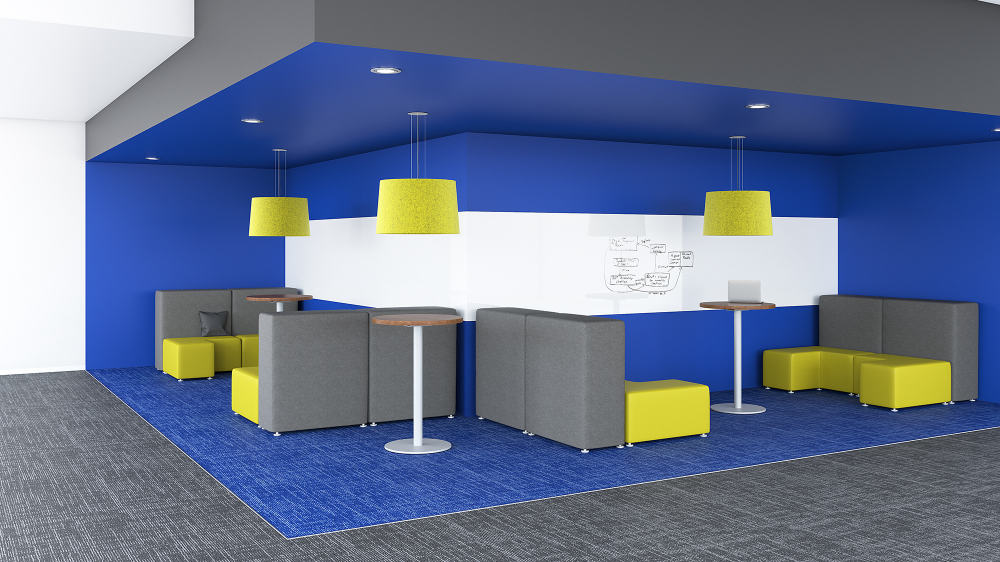The transition back to the office is a pivotal moment for businesses post-pandemic. As a business owner, implementing a thoughtful return to office strategy is crucial for both employee well-being and organizational success. One key aspect that can significantly impact the return to the office experience is interior design. In this guide, we’ll explore how business owners can strategically use interior design to create a welcoming and productive workspace that encourages employees to return to the office.
Understanding Employee Needs
Before diving into interior design changes, it’s essential to understand the needs and preferences of your employees. Consider conducting surveys or holding feedback sessions to gather insights into what aspects of the office environment are most important to them. This information will serve as a valuable foundation for your interior design decisions.
Creating Flexible Workspaces
The pandemic has reshaped the way we work, with many employees now valuing flexibility in their work arrangements. Interior design can play a crucial role in accommodating this need. Designing flexible workspaces that include both collaborative areas and quiet zones allows employees to choose the environment that best suits their tasks, fostering a sense of autonomy and control.
Prioritizing Comfort and Well-being
A comfortable and well-designed workspace contributes to employee well-being and job satisfaction. Invest in ergonomic furniture, natural lighting, and proper ventilation to create a healthy and inviting atmosphere. Consider incorporating plants and artwork to add a touch of nature and creativity, contributing to a positive work environment.
Embracing Hybrid Work Models
Many businesses are adopting hybrid work models, where employees split their time between working remotely and in the office. Design your workspace to accommodate this by providing technology solutions for seamless virtual collaboration, creating comfortable home-like spaces for remote work, and ensuring the office remains a hub for teamwork and innovation.
Fostering Collaboration
Interior design can be used strategically to encourage collaboration among employees. Design open and inviting collaborative spaces, meeting rooms equipped with the latest technology, and breakout areas where spontaneous discussions can occur. Balancing private and communal spaces is key to fostering a collaborative culture.
Communicating the Vision
Finally, effective communication is vital in ensuring a successful return to the office. Clearly articulate the vision behind the interior design changes, emphasizing how they align with the company’s values and support employee well-being and productivity. Transparency and openness will build trust and excitement among your staff.
A well-thought-out return to office strategy, with a focus on interior design, can be a powerful catalyst for reinvigorating your workplace. By creating a flexible, comfortable, and collaborative environment, you’re not just bringing employees back to the office; you’re fostering a culture that values their well-being and contributes to the overall success of your business in the post-pandemic landscape.

